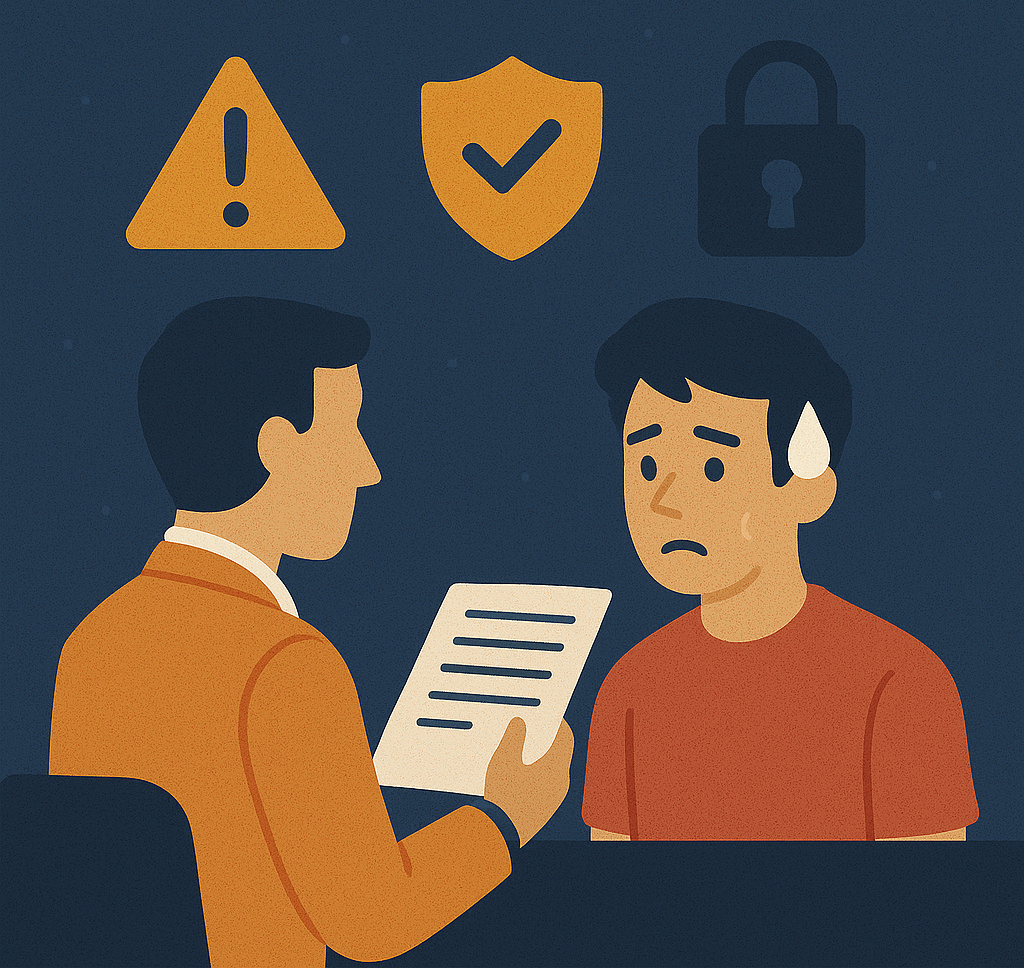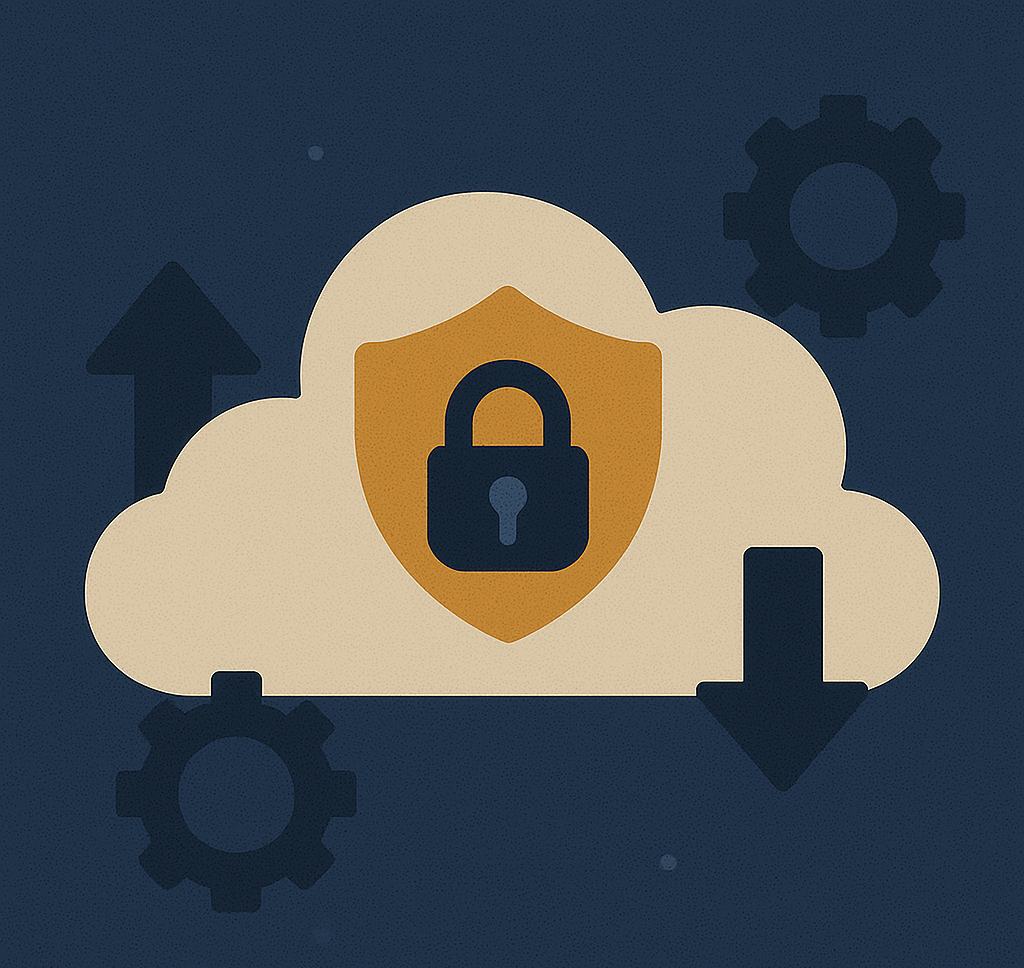Breaking into the cybersecurity field doesn’t necessarily require expensive boot camps or formal degrees. With dedication and the right resources, you can build a strong foundation in cybersecurity without spending a dime. This guide outlines a comprehensive pathway to learn cybersecurity for free, helping you navigate the wealth of available resources to build your skills effectively.
1. Establish Your Learning Path
Before diving into specific resources, it’s important to establish a structured learning path:
Determine Your Focus Area
Cybersecurity is a vast field with multiple specializations:
- Network Security
- Application Security
- Cloud Security
- Security Operations (SecOps)
- Penetration Testing
- Digital Forensics
- Security Governance and Compliance
While you’ll need foundational knowledge across these areas, identifying your primary interest can help focus your learning.
Build a Progression Plan
Consider this general progression:
- Fundamentals: Networking, operating systems, basic programming
- Security Concepts: CIA triad, authentication, authorization, cryptography
- Tools and Techniques: Security tools, vulnerability assessment, monitoring
- Specialization: Deep-dive into your chosen focus area
- Practical Application: CTFs, projects, labs
2. Free Learning Platforms
Cybersecurity-Specific Platforms
- TryHackMe – Offers free rooms with guided learning paths
- HackTheBox – Free tier includes retired machines and challenges
- PortSwigger Web Security Academy – Comprehensive web application security training
- Cybrary – Basic tier offers access to many courses
- SANS Cyber Aces – Free online courses from a respected cybersecurity institution
- InfoSecQuiz – Practice your cybersecurity knowledge with quizzes covering various security domains
General Learning Platforms
- edX – Free courses from universities like MIT, Harvard, and more
- Coursera – Audit option for free access to course materials
- FreeCodeCamp – Programming fundamentals and some security content
- Khan Academy – Excellent for mathematics and cryptography basics
3. Government and Institutional Resources
- Cybersecurity & Infrastructure Security Agency (CISA) – Training materials and courses
- National Initiative for Cybersecurity Careers and Studies (NICCS) – FedVTE offers free cybersecurity training for U.S. citizens
- NSA/DHS Centers of Academic Excellence Resources – Educational materials from designated centers
- NIST Computer Security Resource Center – Standards, guidelines, and educational resources
4. Open Courseware from Universities
- MIT OpenCourseWare – Full courses from MIT
- Stanford Online – Free courses including some on security
- Open Security Training – Specialized security training materials
5. YouTube Channels
- The Cyber Mentor – Penetration testing and ethical hacking tutorials
- John Hammond – CTF walkthroughs and security tool demonstrations
- David Bombal – Networking and cybersecurity tutorials
- IppSec – Detailed HackTheBox machine walkthroughs
- LiveOverflow – Binary exploitation and security research
- NetworkChuck – Networking fundamentals and security
6. Hands-On Practice Environments
Capture The Flag (CTF) Platforms
- PicoCTF – Educational CTF designed for beginners
- CTFtime – Calendar of upcoming CTF competitions
- VulnHub – Vulnerable virtual machines for practice
- OverTheWire – Command line and security wargames
Labs and Practice Ranges
- OWASP WebGoat – Deliberately insecure web application
- OWASP Juice Shop – Modern vulnerable web application
- CyberDefenders – Blue team security challenges
- LetsDefend – Free tier for SOC analyst training
7. Documentation and Reading Materials
Official Documentation
- OWASP – Web application security resources and cheat sheets
- MITRE ATT&CK – Tactics and techniques used by threat actors
- MITRE D3FEND – Cybersecurity countermeasure knowledge base
Free eBooks and Guides
- Kali Linux Revealed – Official Kali Linux training book
- OWASP Testing Guide – Comprehensive web application testing methodology
- Penetration Testing: A Hands-On Introduction to Hacking – Sample chapters available online
- The Art of Memory Forensics – Resources from the memory forensics community
8. Open Source Tools and Home Labs
Setting Up a Home Lab
- Use virtualization software like VirtualBox (free) or VMware Player (free for personal use)
- Install security-focused Linux distributions:
Essential Free Tools
- Network Analysis: Wireshark, tcpdump, Brim
- Vulnerability Scanning: OpenVAS, Nmap, OWASP ZAP
- Penetration Testing: Metasploit Framework, Burp Suite Community Edition
- Digital Forensics: Autopsy, Volatility Framework, SANS SIFT Workstation
- Security Monitoring: Wazuh, Suricata, ELK Stack
9. Community Engagement
Forums and Communities
- Reddit Communities: r/cybersecurity, r/netsec, r/AskNetSec
- Stack Exchange: Information Security Stack Exchange
- HackTheBox Forums
- TryHackMe Discord
Open Source Projects
- Contribute to security tools on GitHub
- Participate in bug bounty programs on HackerOne and Bugcrowd
- Join OWASP community projects
10. Building a Learning Schedule
Consistency is key when learning cybersecurity. Consider structuring your free learning:
- Daily (30-60 minutes): Reading articles, watching videos, learning concepts
- Weekly (2-4 hours): Hands-on practice in labs or CTFs
- Monthly: Complete a project or challenge to apply skills
- Quarterly: Reassess your learning path and adjust as needed
11. Tracking Your Progress
- Create a personal cybersecurity roadmap
- Document your learning in a blog or GitHub repository
- Build a portfolio of projects
- Participate in public challenges and share results
- Take regular quizzes on platforms like InfoSecQuiz.com to test your knowledge retention
12. Preparing for Career Transition
As you build skills through free resources, prepare for your career:
- Create a security-focused resume highlighting projects and skills
- Build a LinkedIn profile connecting with security professionals
- Contribute to open source projects
- Volunteer security services for non-profits or open source projects
Conclusion
Learning cybersecurity for free is not only possible but can be highly effective when approached strategically. The key is to combine structured learning of fundamentals with hands-on practice and community engagement. By leveraging the wealth of free resources available online, anyone with dedication and consistent effort can build the skills needed to enter the cybersecurity field.
Remember that the most successful cybersecurity professionals are those who embrace a mindset of continuous learning – the field evolves rapidly, and staying current requires ongoing education regardless of your experience level. Start with fundamentals, practice regularly, engage with the community, and persistently build your knowledge base.
Your cybersecurity journey doesn’t have to be expensive – it just needs to be intentional and consistent.


